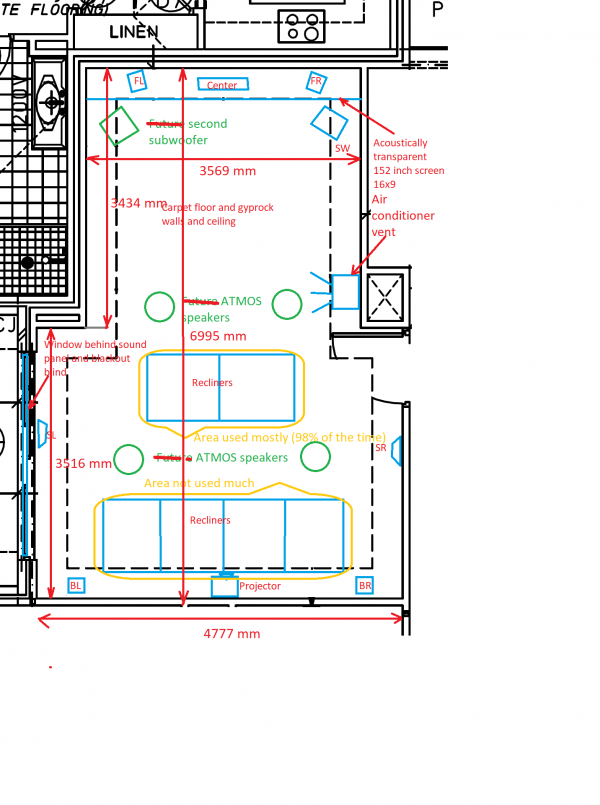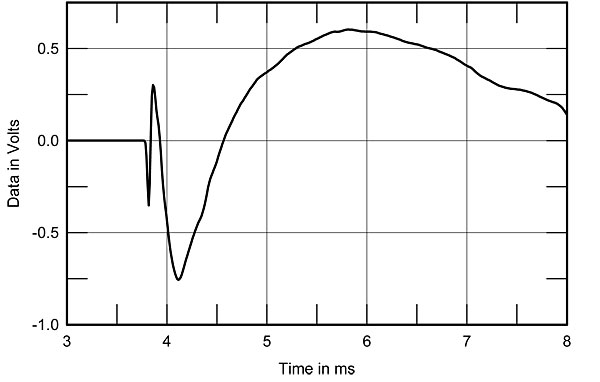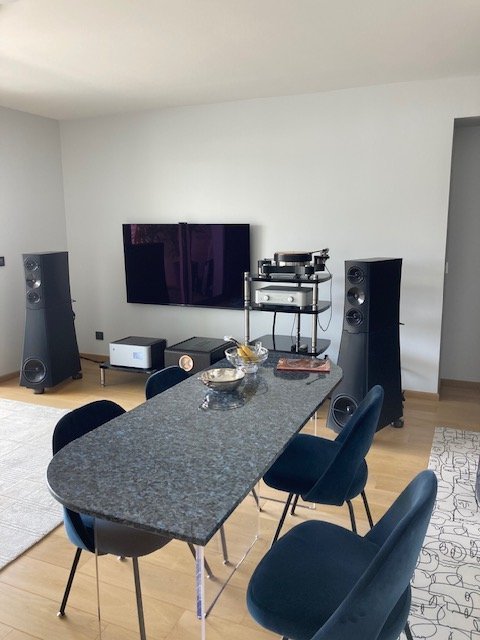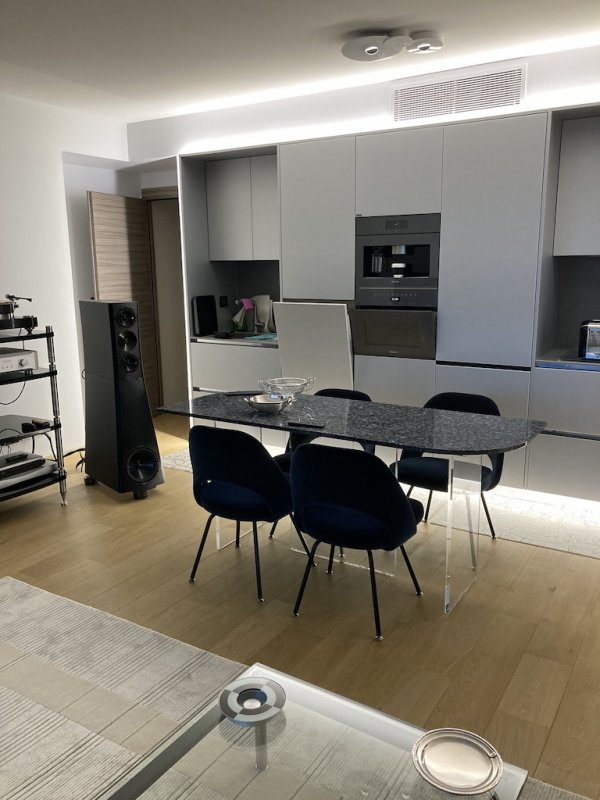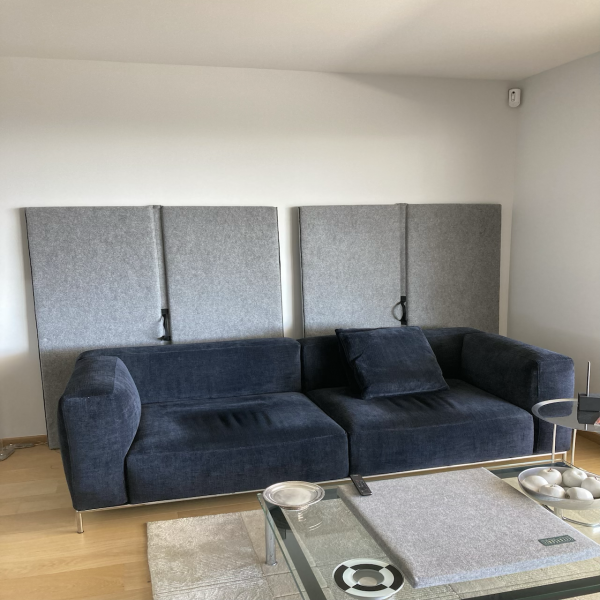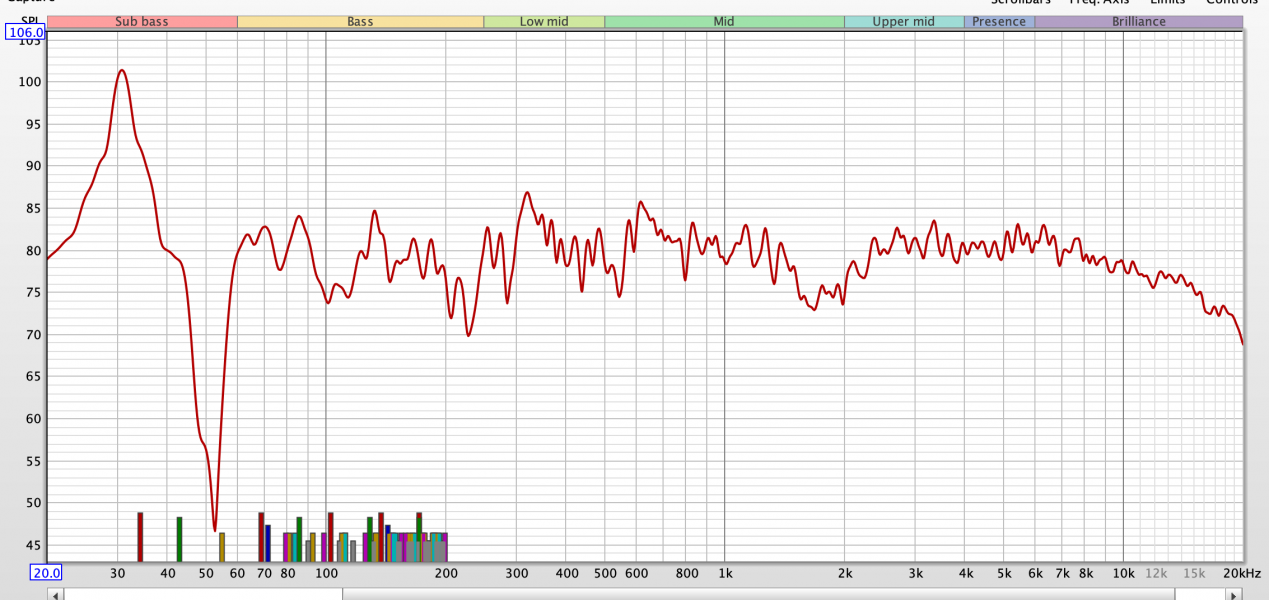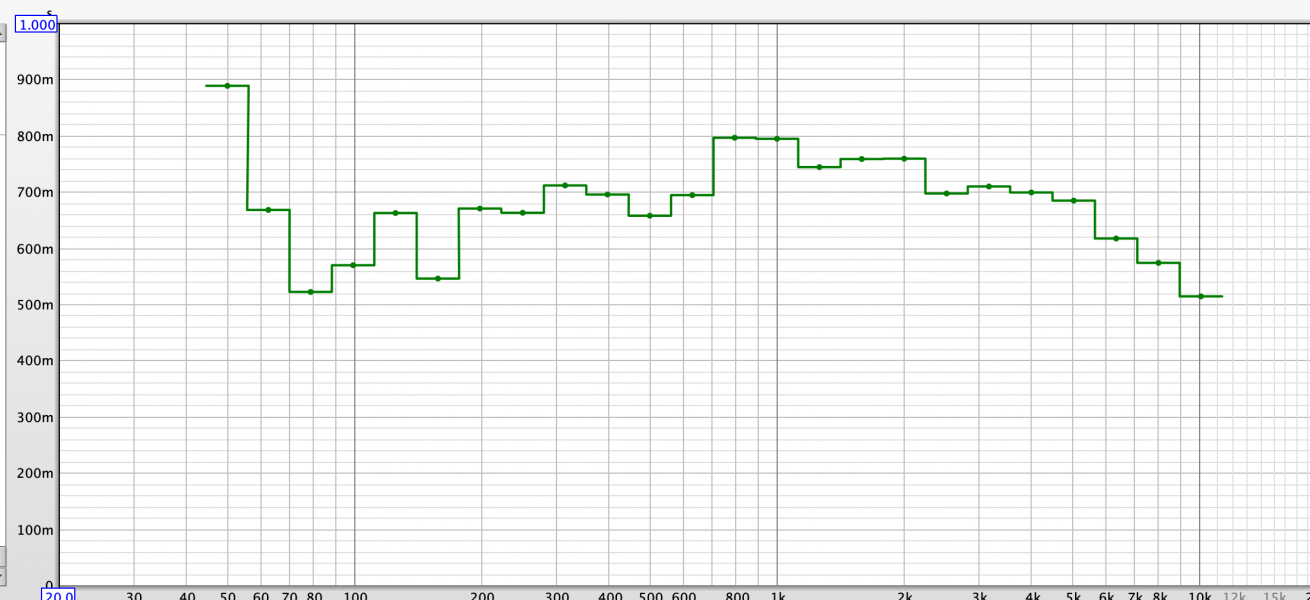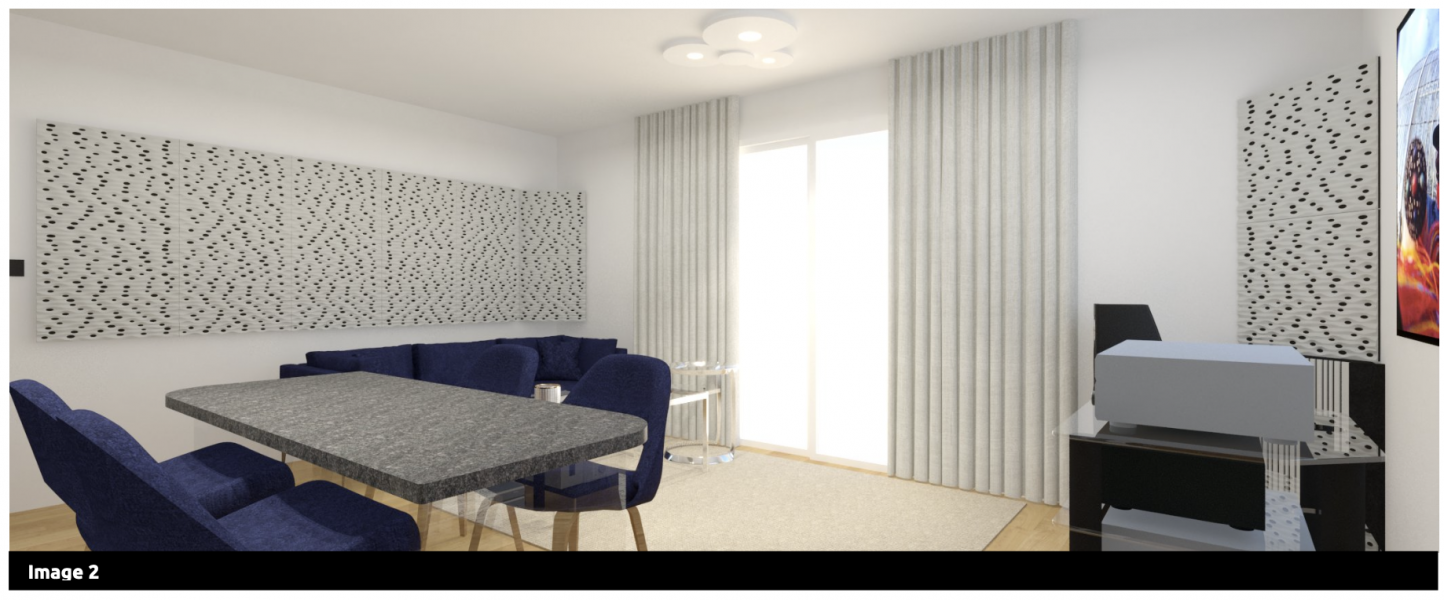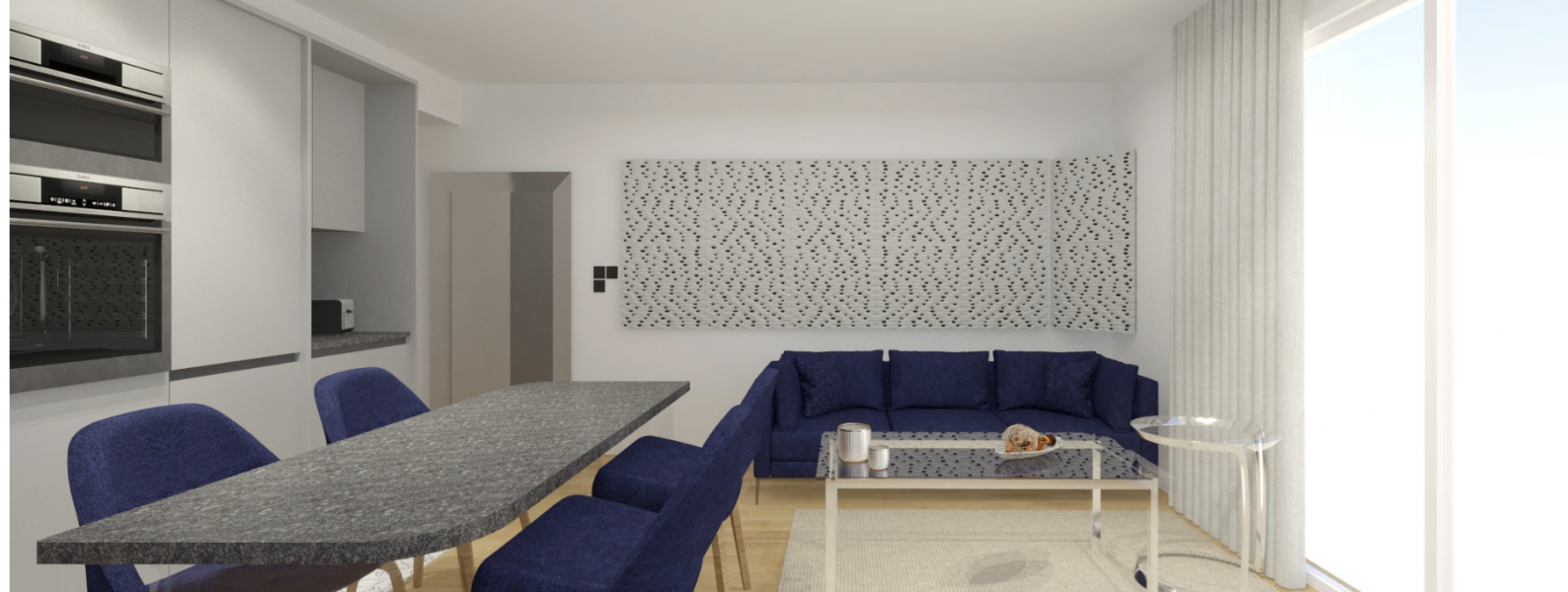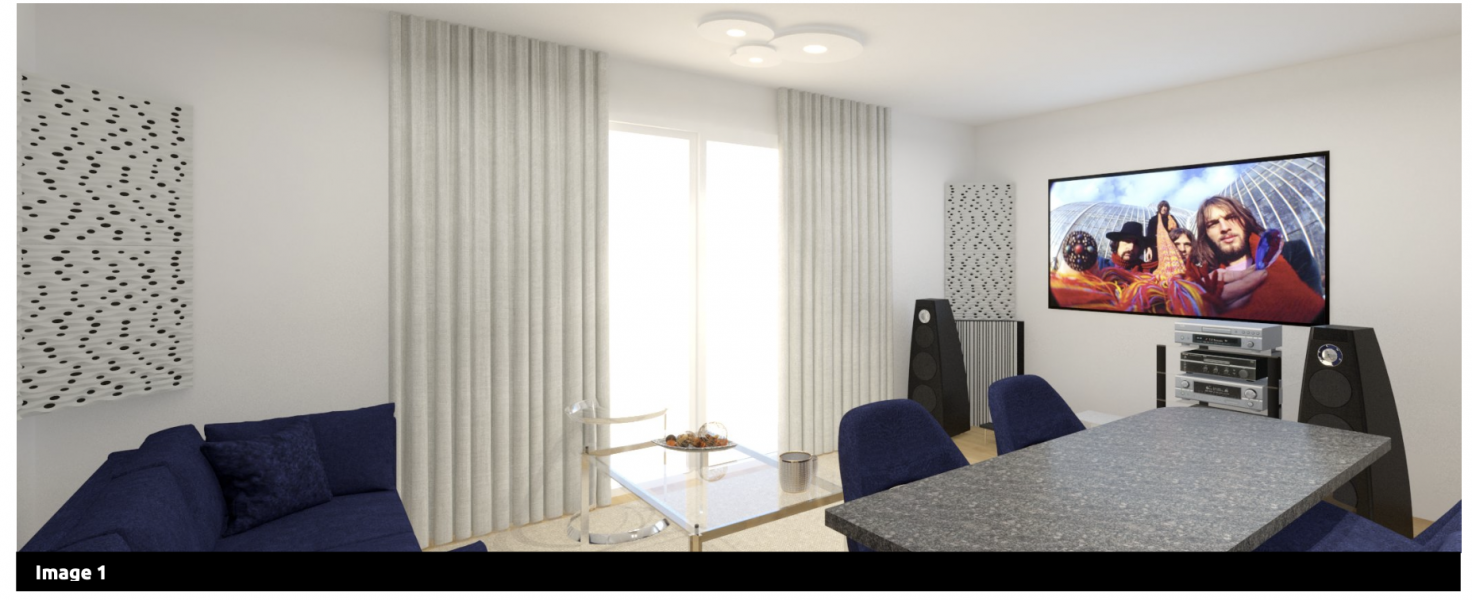Hi,
I've purchased a calibrated microphone and did my room measurements with REW. Here is the link with my measurements:
 1drv.ms
I've measured all 6 seats around both right and left ear position 2 times, one time for the right speaker and one for the left.
1drv.ms
I've measured all 6 seats around both right and left ear position 2 times, one time for the right speaker and one for the left.
I got curves like this one:
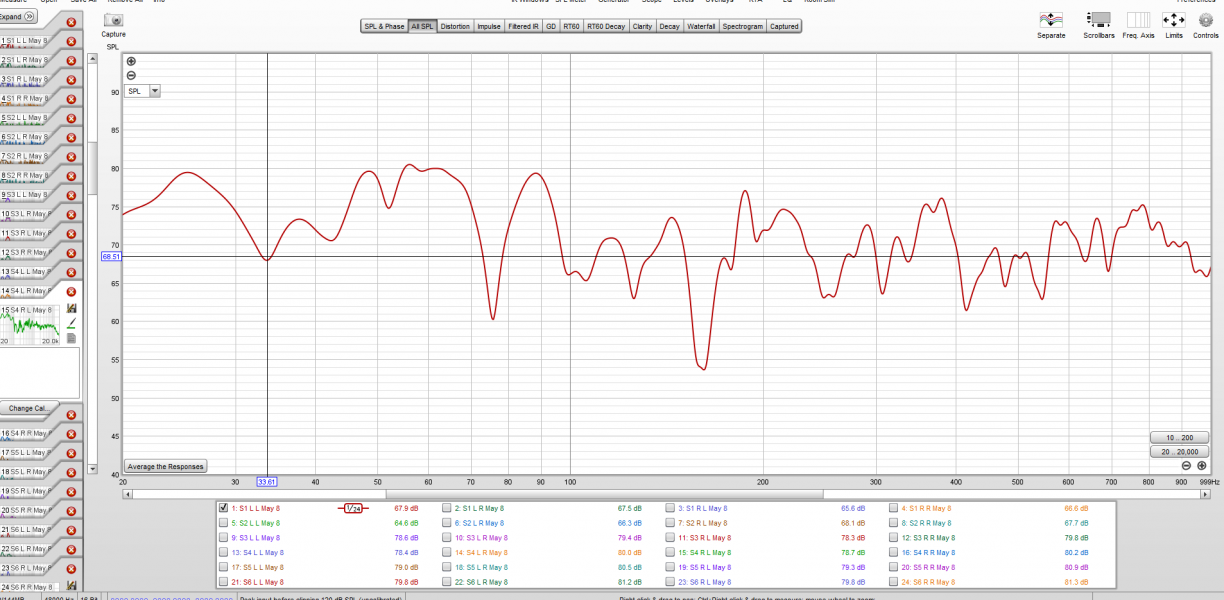
This one is shown with 1/24th smoothing. My room has no acoustic treatment apart from thin acoustic foam on the front wall behind the acoustically transparent screen.
What should I make out of this?
A local shop suggested a combination of the following Artnovion products to deal with the problem:
 www.artnovion.com
www.artnovion.com
 www.artnovion.com
www.artnovion.com
 www.artnovion.com
www.artnovion.com
 www.artnovion.com
www.artnovion.com
 www.artnovion.com
www.artnovion.com
 www.artnovion.com
www.artnovion.com
My main concern is that the first 3 absorption panels don't absorb well in the range between 100Hz and 250Hz. Sparta for example has absorption coefficient of .75 at 250Hz and only .2 at 100Hz. And my curves are very spiky in that range.
Also, I have doubts about even those declared values. I have the below screenshot from one of Anthony Grimany's videos where he says that a panel which is 100mm thick can absorb down to 250Hz.
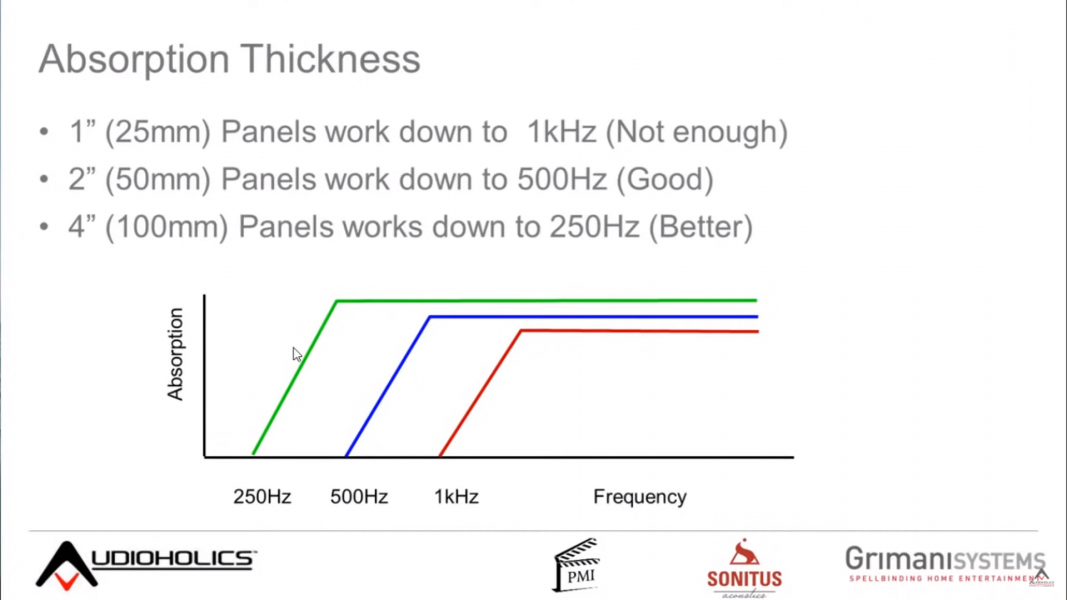
I am not quite sure how Artnovion can claim that their 60mm Sparta can absorb down to 200Hz? It's foam thickness is even thinner than 60mm, perhaps only 30mm, the rest is just gap. I went to a demo room with these kind of panels on the walls and they said they spent $180,000 on equipment (speakers, projector, processors, amps) and even to my unsophisticated ear the sound was not very good.
I've looked at another product (Sonitus Legatto 12):

 www.sonitususa.com
This one claims to go down to 160Hz and seems to be much more solid product being 120mm this (at its thickest part)
www.sonitususa.com
This one claims to go down to 160Hz and seems to be much more solid product being 120mm this (at its thickest part)
Artnovian Wall Bass Trap being 143mm thick claims to deal with range of 80 Hz to 120 Hz. This sounds like its breaking laws of physics.
I also don't understand how the corner bass traps work given that the area of their maximum thickness is very small. One of the Audiholics videos suggested that to treat high and mid frequencies you need to cover about 15% of wall surface in the room. How can a corner bass trap treat lower frequencies if the coverage may only be 2-3
% of the wall surface?
Did anyone have any experience with Artnovion products? Do they really work on the declared frequencies?
Thanks.
I've purchased a calibrated microphone and did my room measurements with REW. Here is the link with my measurements:
Microsoft OneDrive
I got curves like this one:

This one is shown with 1/24th smoothing. My room has no acoustic treatment apart from thin acoustic foam on the front wall behind the acoustically transparent screen.
What should I make out of this?
A local shop suggested a combination of the following Artnovion products to deal with the problem:
Artnovion Acoustics - Hi-Fi & Living Room
Design your ultimate Home Cinema, Hifi room or Media room, with our collection of acoustic treatment solutions.
Artnovion Acoustics - Hi-Fi & Living Room
Design your ultimate Home Cinema, Hifi room or Media room, with our collection of acoustic treatment solutions.
Artnovion Acoustics - Hi-Fi & Living Room
Design your ultimate Home Cinema, Hifi room or Media room, with our collection of acoustic treatment solutions.
Artnovion Acoustics - Hi-Fi & Living Room
Design your ultimate Home Cinema, Hifi room or Media room, with our collection of acoustic treatment solutions.
Artnovion Acoustics - Hi-Fi & Living Room
Design your ultimate Home Cinema, Hifi room or Media room, with our collection of acoustic treatment solutions.
Artnovion Acoustics - Hi-Fi & Living Room
Design your ultimate Home Cinema, Hifi room or Media room, with our collection of acoustic treatment solutions.
My main concern is that the first 3 absorption panels don't absorb well in the range between 100Hz and 250Hz. Sparta for example has absorption coefficient of .75 at 250Hz and only .2 at 100Hz. And my curves are very spiky in that range.
Also, I have doubts about even those declared values. I have the below screenshot from one of Anthony Grimany's videos where he says that a panel which is 100mm thick can absorb down to 250Hz.

I am not quite sure how Artnovion can claim that their 60mm Sparta can absorb down to 200Hz? It's foam thickness is even thinner than 60mm, perhaps only 30mm, the rest is just gap. I went to a demo room with these kind of panels on the walls and they said they spent $180,000 on equipment (speakers, projector, processors, amps) and even to my unsophisticated ear the sound was not very good.
I've looked at another product (Sonitus Legatto 12):

All Acoustic Panel Products
Shop all our acoustical products including absorbers, diffusers, bass traps, and pre-engineered acoustic systems to fit your room size and your budget level. Get FREE SHIPPING for a limited time.
Artnovian Wall Bass Trap being 143mm thick claims to deal with range of 80 Hz to 120 Hz. This sounds like its breaking laws of physics.
I also don't understand how the corner bass traps work given that the area of their maximum thickness is very small. One of the Audiholics videos suggested that to treat high and mid frequencies you need to cover about 15% of wall surface in the room. How can a corner bass trap treat lower frequencies if the coverage may only be 2-3
% of the wall surface?
Did anyone have any experience with Artnovion products? Do they really work on the declared frequencies?
Thanks.



